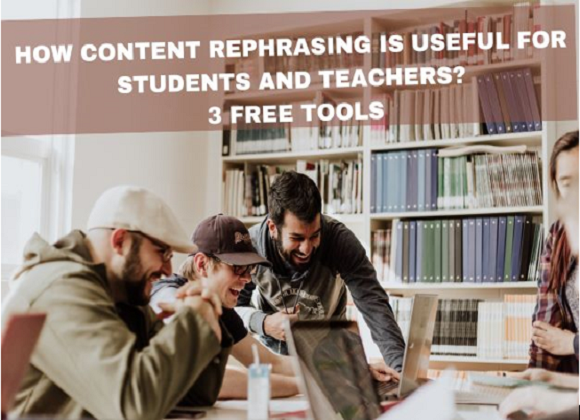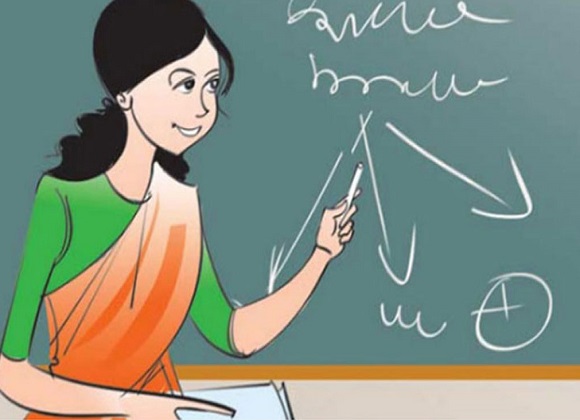Courses
Grow skills with quality courses
I share some of the ways to support creative and personal forms of expression and diversity in my classrooms which include Culturally and Linguistically Diverse (CLD) learners. It has my pedagogical perspective and my own toolbox of best practices that I have used and can use again. I have also shared some personal experiences.
I imagine a classroom for myself where I have students from 7 Indian states, all with extremely different dialects and 4 different countries, with non-native English speaking. I wonder how I will design my lessons! Considering maths is a universal language, so much of learning maths happens through the English language in my country for all private schools, that I wonder how I will map the English speaking with the non-English speaking students. These are culturally and linguistically diverse [CLD] students, henceforth addressed in this paper as CLD. While cultural diversity can be managed with immersive experiences including various cultures, language diversity is a challenge considering I speak English alone as an international language!
“Today’s teachers are faced with the complex responsibility of educating the growing student population who speaks a wide variety of languages/ dialects (more than 177), come with varying levels of formal schooling, and represent a varying number of cultural traditions. Creating instructional environments as well as implementing instructional strategies to support learning outcomes aligned to state standards and core curriculum for this student population has become essential for classroom teachers”, (Gonzalez et al., 2011, pp.6).
Nevertheless, “This preparation for diversity must begin with the teacher”, (Brisk, et al, 2002, pp.7). And it starts with reflecting on my own cultural filters. What goes in my mind when I see students from different cultures? What is my set of belief systems? Reflect, investigate and negate them in order to learn afresh about the students. my central value for the pedagogy is humaneness. To learn to connect with the students at a human level. To make myself vulnerable in the ‘I do not know’ space. This is because finally “…what you realize is that connection is why we're here. It's what gives purpose and meaning to our lives”, (Brown,2010, 3.01).
Curiosity is hugely useful in a situation where a connection is to be established. Curiosity about the culture from where the students have come, the pros and cons of where they are, and extending help for positive integration. However, this connection also requires some professional tools and techniques in order to make the classroom experience fruitful for the CLD students. Both feed into each other. These are in several areas.
Conclusion
Although the solutions to individual situations would be very contextual, dependent on the cluster of the CLD students one has. However, with some preparation and a toolbox of practices, one ought to be able to face most of the challenges presented. It would lead to intense learning in the teacher.
About the author
 |
Monica Kochar started her career as a Maths teacher in 1993. She has years of experience as a Maths Curriculum Designer with leading education platforms. This write-up has been reproduced from ' Humane Maths ' with the Author's consent. Any views expressed are personal. |
Comments
👏👏🙏
Recommended by Gurushala

Technology & Innovation
-By Valentina MilanovaHow Content Rephrasing is Useful for Students and Teachers? 3 Free Tools

Stories of Indian Classrooms
-By GurushalaOn the course of continuous learning- An inspiring teacher story from Pune
Related Articles
